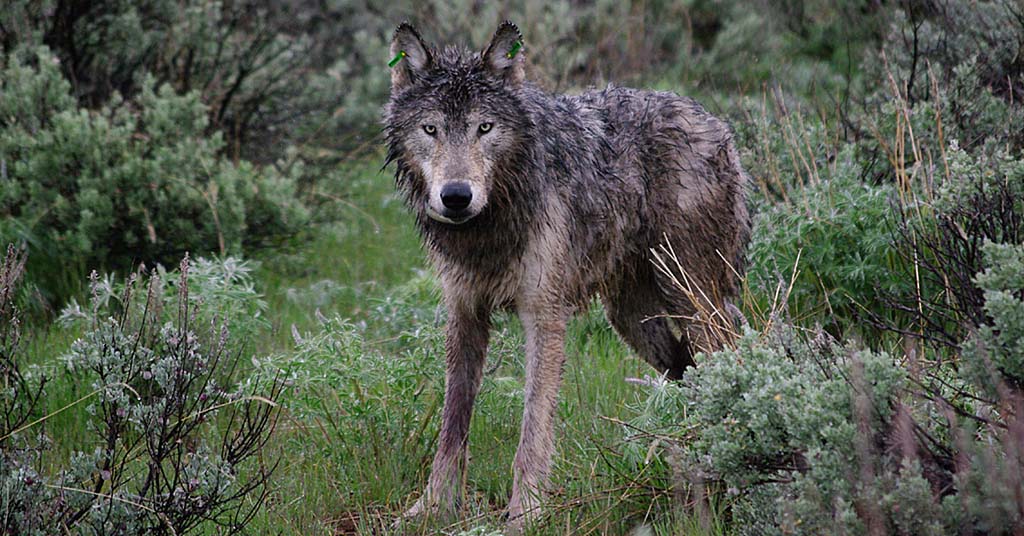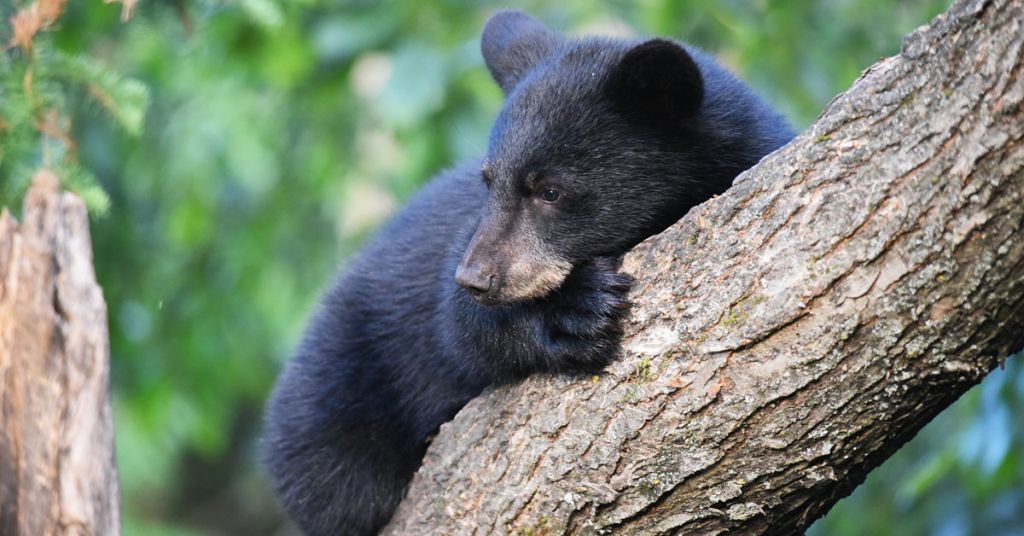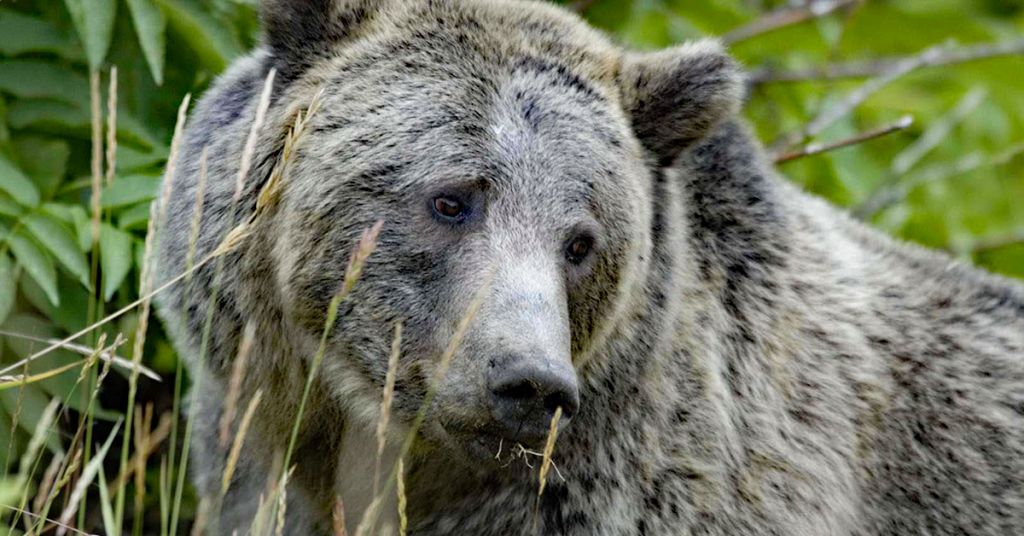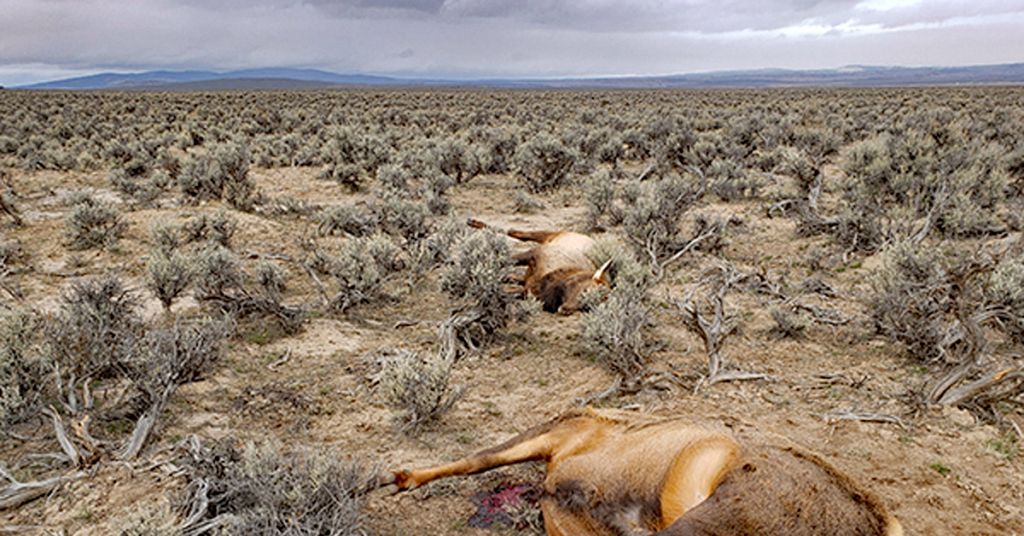The state’s wolf population has stagnated amid increase in killings. Scavengers are coming to harm, as well

Now-so-warm welcome: State game managers aren’t the only ones tracking wolves in Oregon. Photo: ODFW
By Kendra Chamberlain. May 28, 2024. For the past two years, Oregon has documented just 178 known gray wolves after wolves from Idaho and Yellowstone National Park arrived in the state in 2008. [An previous version of this story incorrectly stated wolves had been reintroduced to Oregon. —Editor]
The state expected the wolf population to grow 30% annually during the early phases of recovery, but over the last eight years growth has averaged 6.3%, according to ODFW.
The state actually lost two breeding pairs and two packs between 2022 and 2023.
What’s behind the low numbers?
An unprecedented amount of wolves were killed in 2023, according to the Oregon Department of Fish and Wildlife’s (ODFW) annual wolf report. Sixteen wolves were killed legally, twice as many as ever before, while 12 wolves were poached.
A handful more wolves died due to other causes.
The increase in wolf kills, and the number of subsequent wolf deaths, come as livestock depredation increased 27% in eastern Oregon last year. But statewide, depredation actually decreased in 2023.
The easternmost third of the state, where the majority of wolves reside, is managed under Phase III of the recovery plan, which allows more wolves to be killed in response to livestock depredation than in other parts of the state.
Meanwhile, wolf poaching in the state has ticked upward, too.
Earlier this year, three wolves, two eagles, a coyote and a cougar died after scavenging on a cow carcass laced with poison.
That’s a recent episode in a grim trend of wolf poisonings in the state, according to Amaroq Weiss, senior wolf advocate at the Arizona-based Center for Biological Diversity.
“This is now becoming an epidemic in Oregon,” Weiss told Columbia Insight.
Nineteen wolves have been poisoned since 2015, but 18 of those died in the last three years.

Wolves west of Highways 395/78/95 in Oregon are listed federally listed and managed by the USFWS. Wolves in the East Wolf Management Zone continue to be managed under Phase III which allows more flexibility to address wolf conflict. Source: ODFW
Weiss said it’s common for poaching to increase when legal wolf killings increase.
“There’s a whole body of research that’s been done on this both in the United States and in parts of Europe,” said Weiss. “It seems to send a message to the public that wolves are not so valuable after all, and therefore we can just go out and kill a bunch of them.”
Of the 12 instances of poaching in 2023, 10 were the result of poisoning. In 2021, eight wolves were poisoned.
Four wolves have been poisoned so far in 2024.
“This is an incredibly aggressive and disturbing trend that we’re seeing in Oregon,” said Weiss.
The recent case of poisoning occurred in the Lightning Creek drainage, a tributary of the Imnaha River in the Hells Canyon National Recreation Area.
The U.S. Fish and Wildlife service, along with Oregon State Police and ODFW, are offering a $25,000 reward for information on the poisoning.
Oregon State Police declined to provide additional information about the poisonings, citing the ongoing investigation.










